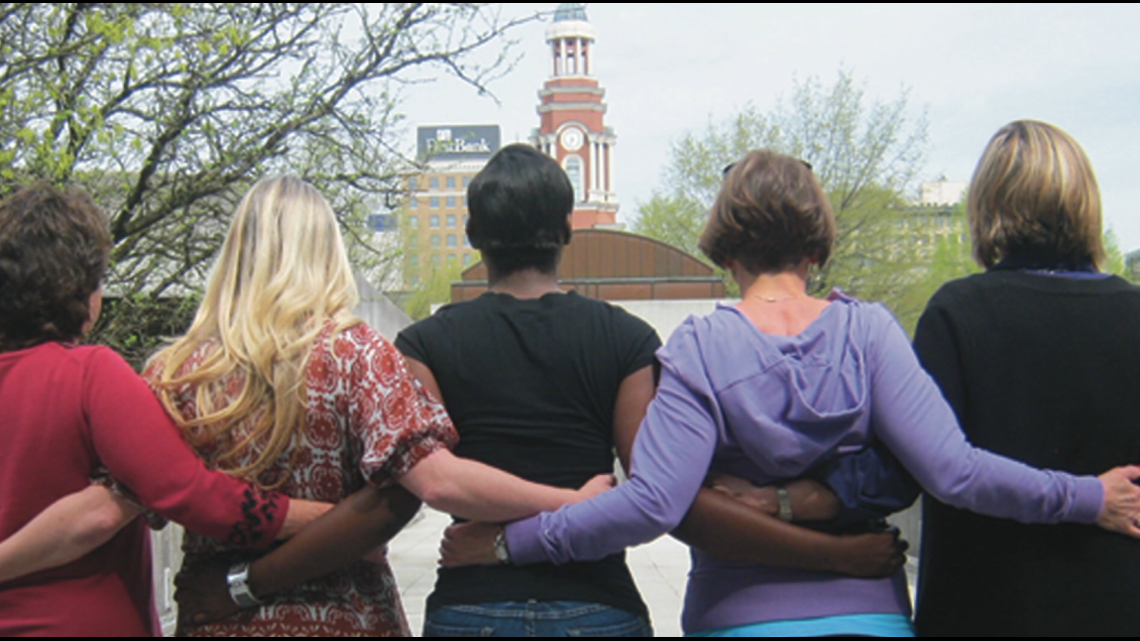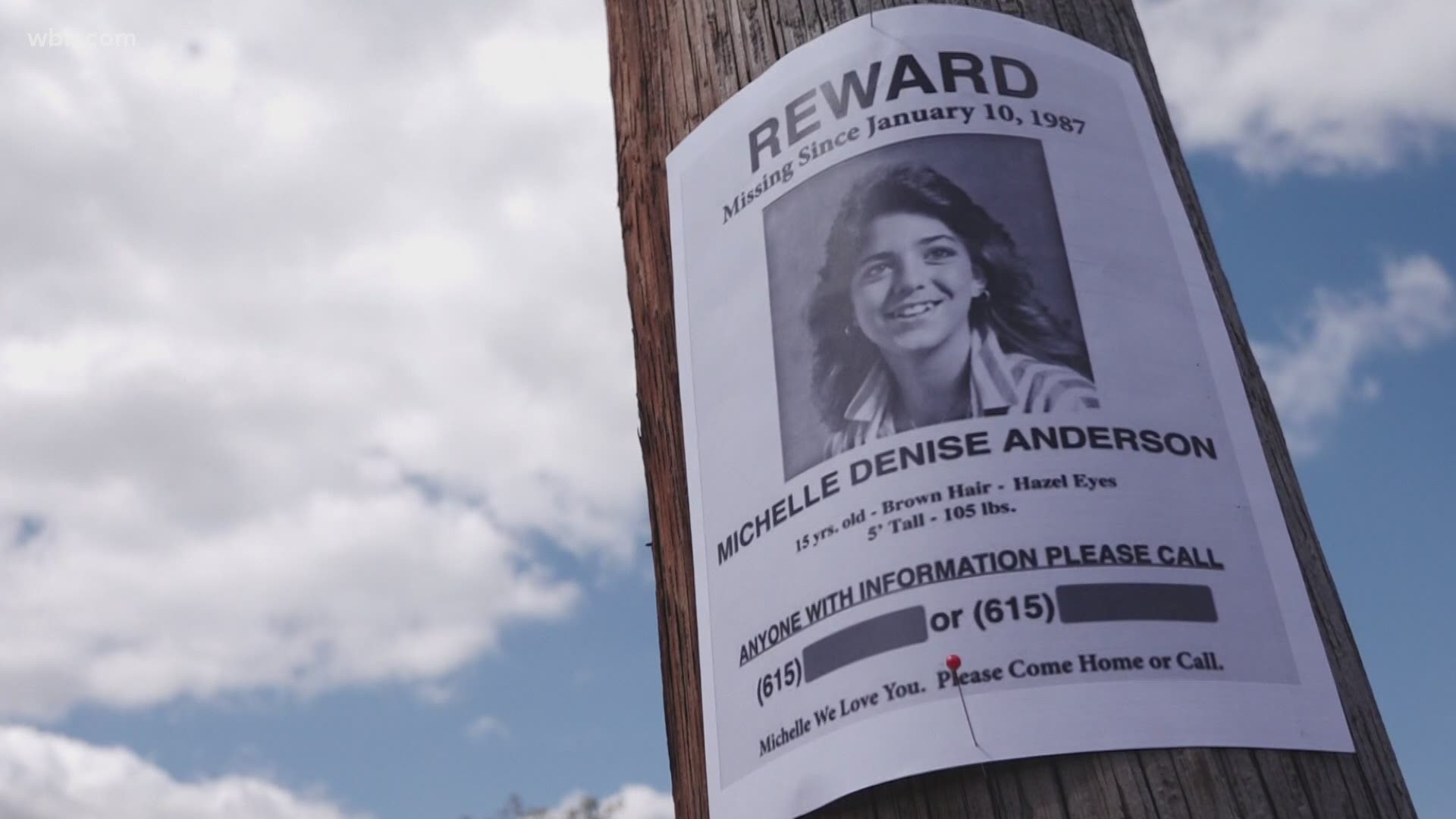KNOXVILLE, Tenn. — Larry Lee Smith likes abusing young women. The Knoxville man likes threatening them, lying to them and entrapping them, as his lengthy criminal record shows.
Authorities think he's also killed a young woman, although they've never been able to prove it. The slaying of 15-year-old Michelle Denise Anderson, a Fulton High School student, remains one of Knoxville's oldest unsolved killings, dating to January 1987.
Smith, 60, is serving a sentence of life without a chance at parole in Tennessee for a 2011 attack on a 20-year-old woman at a Knoxville transient motel. It 's the third time he's been convicted of assaulting a young woman in the South.
He is a manipulative predator, said retired Knoxville Police Department Investigator Randy York.
"He was a sick puppy," York said. "He couldn't quit. He couldn't stop."
The detective tried for years to compile enough evidence to charge Smith, a Michigan native who grew up in South Knoxville, in Anderson's killing. Two FBI agents and Dr. Bill Bass, one of the nation's most respected forensic anthropologists, investigated the case as well.
And one mom was so disturbed by what happened to Anderson that she set out to learn all she could about Smith and to write a book -- "Similar Transactions" -- about him.

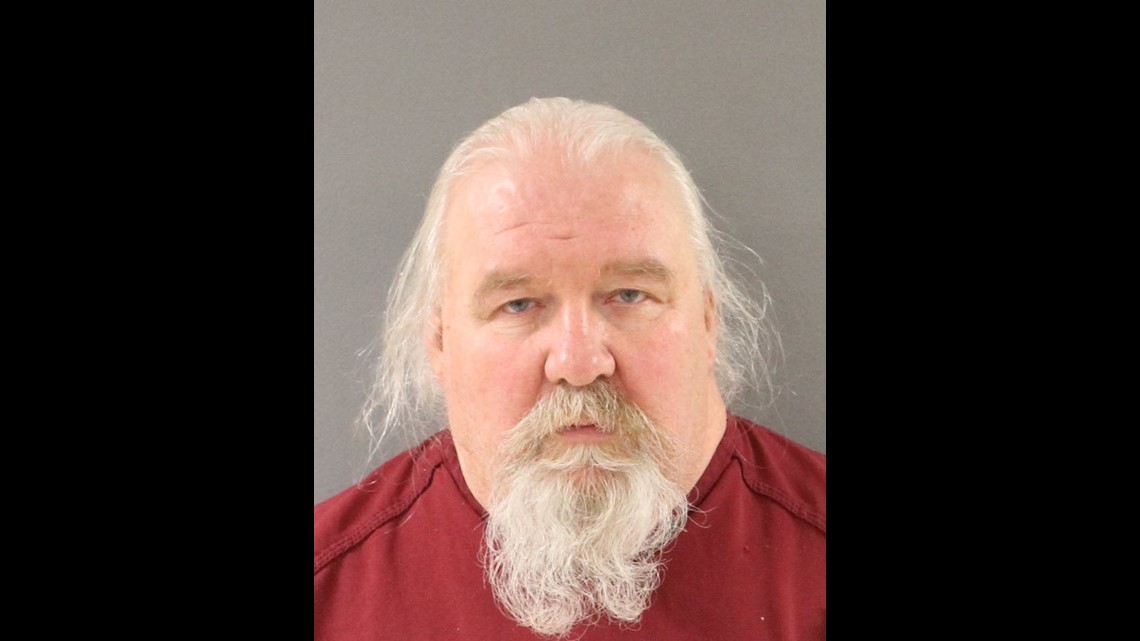
Sasha Reynolds, who formerly lived and worked in North Knoxville, may know more about Smith than anyone but Smith himself.
"He's what's called an impulsive, disorganized serial rapist," the author told WBIR.
But Smith has never been prosecuted for Anderson's disappearance and killing. Perhaps he never will be.
Key evidence has been lost. Before York took over the case in 1989, another KPD detective had it but did little investigative work of substance, assuming Anderson was a runaway.
Smith is the last person known to be with Anderson, by his own admission. He invited her and her boyfriend to party with him the night she disappeared.
He's made oblique references to the teen through the years. But Smith has never said he did it.
The 5-feet, 5-inch, 240-pound inmate appeared by Zoom on Thursday afternoon before Knox County Criminal Court Judge Kyle Hixson on a petition he filed to throw out the 2013 conviction in his 2011 Knoxville rape case. The judge reset the case to Sept. 2.
PLEASE COME HOME OR CALL

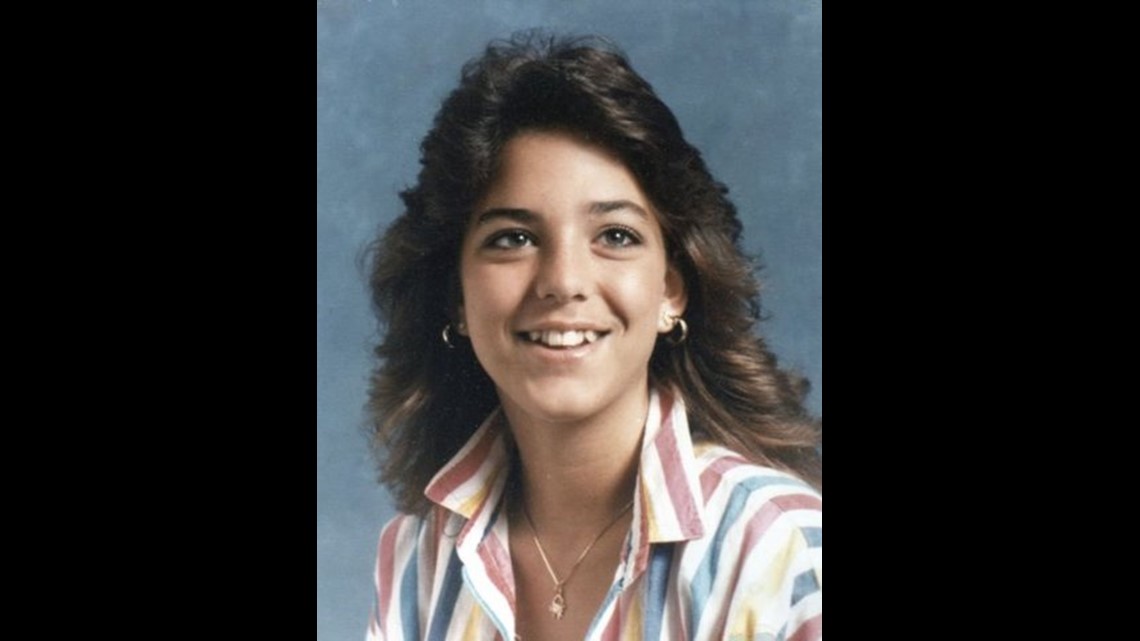
At the time Smith invited Anderson and boyfriend Chris Foust to his Western Heights apartment to party in January 1987, he'd already served time in a Florida prison after pleading guilty to involuntary sexual battery.
At age 20 in July 1981, he took a 14-year-old girl to his Tampa Bay area apartment and raped her, the state alleged.
Smith had been out of prison in Florida and back in Tennessee a couple years when he met Anderson and Foust.
Neither Anderson nor Foust knew about his background. They just thought he was a guy who could provide beer, weed and a good time, Reynolds said.
The young couple quarreled that January night, however, and Smith ended up offering to give them both a ride home.
He made Foust ride in the back of his pickup in the cold winter air. Anderson sat up front with him, as Foust would later tell investigators.
Smith dropped Foust off near his grandparents' home off Cherry Street in East Knoxville. Foust told investigators he assumed Smith drove Anderson where she wanted to go.
But he didn't, York said.

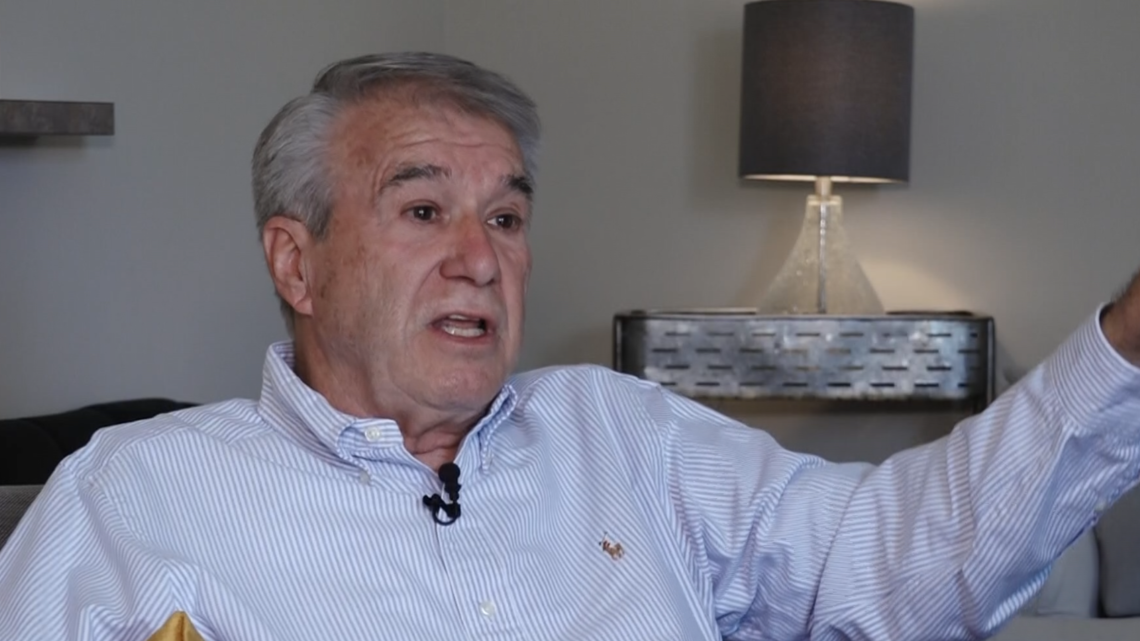
Smith always claimed he let Anderson out near Foust's grandparents house after he and the girl had driven around for awhile. But her family never heard from her or saw her again.
Glenda Anderson, Michelle's mother, told WBIR she didn't want to talk about the case. The mother worked years trying to keep her daughter's case in the public spotlight -- and to alert the community at large about Smith himself.
After Anderson vanished, KPD Detective Jerry McNair was assigned the case. His conclusion: She was a runaway.
"There was not a shred of evidence that she ran away," Reynolds said. "Nothing about the sequence of events supported that line of reasoning."
McNair has since passed away.
In her book, Reynolds details how Anderson's family and Foust, now deceased, confronted Smith after her disappearance. He tried to run from them in his pickup truck and told arriving KPD officers they'd threatened him.
Smith confirmed that Anderson had been in his truck, but claimed he never saw her again after dropping her off.
Area authorities knew who Smith was. When he was 18 in 1979, authorities had arrested him and shot his older brother Todd in the foot during a drug raid.
Smith called Glenda Anderson several times after her daughter disappeared, expressing concern, according to Reynolds.


About a month after she vanished, Glenda Anderson received a threatening note with satanic images and what appeared to be blood. It warned that "Michelle is with us" and stated harm would come to the girl if anyone tried to look for her.
Reynolds said the family had a hunch Smith himself prepared the note.
Stymied by the lackluster KPD investigation, the family could do little but pass out fliers and try to keep Michelle's name and image out in the community. The message on the flyer stated: "Michelle We Love You Please Come Home Or Call."
Two years later, they got confirmation of their worst fears.
A young man walking with his dogs in January 1989 off state Highway 68 in southeast Cumberland County near the Rhea County line found a human skull.
It was Michelle. Of that there was no doubt, as veteran University of Tennessee forensic anthropologist Dr. Bill Bass soon determined. Bass and a team went out to the site, finding more bones, jewelry and the clothes Anderson had been wearing two years before while riding in Smith's pickup.
Among the jewelry was a crab pendant she wore around her neck; she's shown with it in a school photo from that time period.
An inspection of the skull also made it clear this was the Fulton High student. The alignment of her upper teeth was clearly the same as that of the remains found in the Cumberland County woods.
Bass found no evidence that Anderson had been shot to death or suffered blunt force trauma. He suspected strangulation, he said, but the u-shaped hyoid bone, which could have indicated force against her throat, never was found.


Authorities did believe she was a homicide victim. Nothing at the scene connected her killing to any suspect, including Smith.
By the time York took over the case after Anderson's remains had been found, evidence that had been collected from the scene was lost. Also lost: the threatening letter with the satanic symbols and what appeared to be human blood.
More than 30 years later, it's never been found. It might have contained DNA evidence that would have revealed the letter writer, York said. While the forensic technology wasn't available in the late 1980s, it certainly could offer clues if processed today.
"It's just a crying shame that things like that happen," York said.

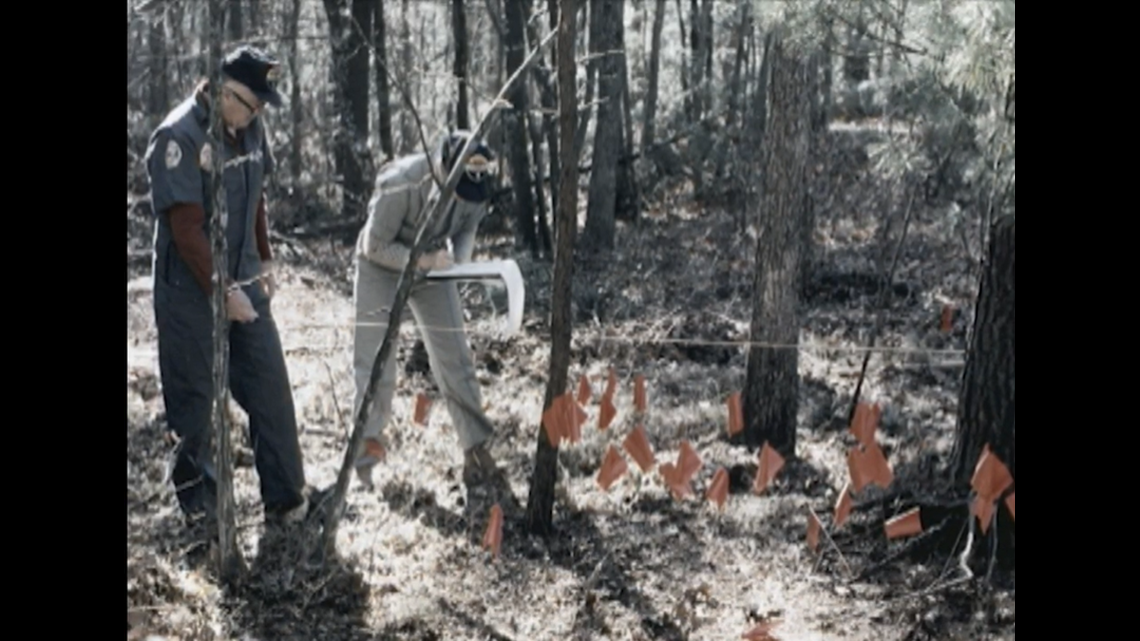
THE ATTACK THAT PUT HIM AWAY FOR LIFE
Smith left Knoxville within months of the discovery of Anderson's remains. He moved to the Atlanta area and got a job at a Krystal restaurant.
Just as he did after moving to Florida in the early 1980s, Smith soon found himself under arrest for assaulting and kidnapping a young woman in Georgia. It happened in Stone Mountain, Ga., when Smith offered to help an 18-year-old woman having car trouble at a shopping center in October 1989.
She told authorities he drove off with her in the vehicle on a test drive and then choked her and tried to force her to give him oral sex. He was wearing a Krystal's uniform.
After she fought with him, she said Smith drove her back to the shopping center where he'd encountered her and fled.
Authorities later caught him.
At trial in 1990 in DeKalb County, Ga., Smith testified that what had happened with the young woman in Stone Mountain was a misunderstanding, Reynolds wrote. He admitted attacking the Florida 14-year-old in 1981 but said that had been a mistake for which he was wrong.
Smith was convicted of kidnapping and assault in the Stone Mountain incident. Because of his Florida conviction, he got a 20-year prison sentence.
By 2011, Smith was once again back home in Knox County. He was living in a cheap, transient apartment complex on Dale Avenue that once housed a Holiday Inn and a now defunct Job Corps program. It's since been demolished.
Reynolds by then had moved with her husband to Alabama. But she'd become very familiar with the Anderson killing and with Larry Lee Smith.
Reynolds' son attended Fulton in the late 1980s at the same time as Michelle. He'd alerted his mother to her disappearance, something Reynolds never forgot, even after they moved on to Alabama.
The more Reynolds, a trained social worker, learned about the case, the more determined she became to try to expose Smith's past. She said her research uncovered incidents in which a Smith family member said he'd raped her as a child. He wasn't charged.
Smith's wife Janet also described incidents in the 1980s in which he beat and abused her and forced her to have sex with males while he watched. An acquaintance of Smith's wife also said he'd attacked her in the 1980s, Reynolds said. He wasn't charged in that incident either.
Ultimately, Reynolds chose to write a book about him and his crimes.

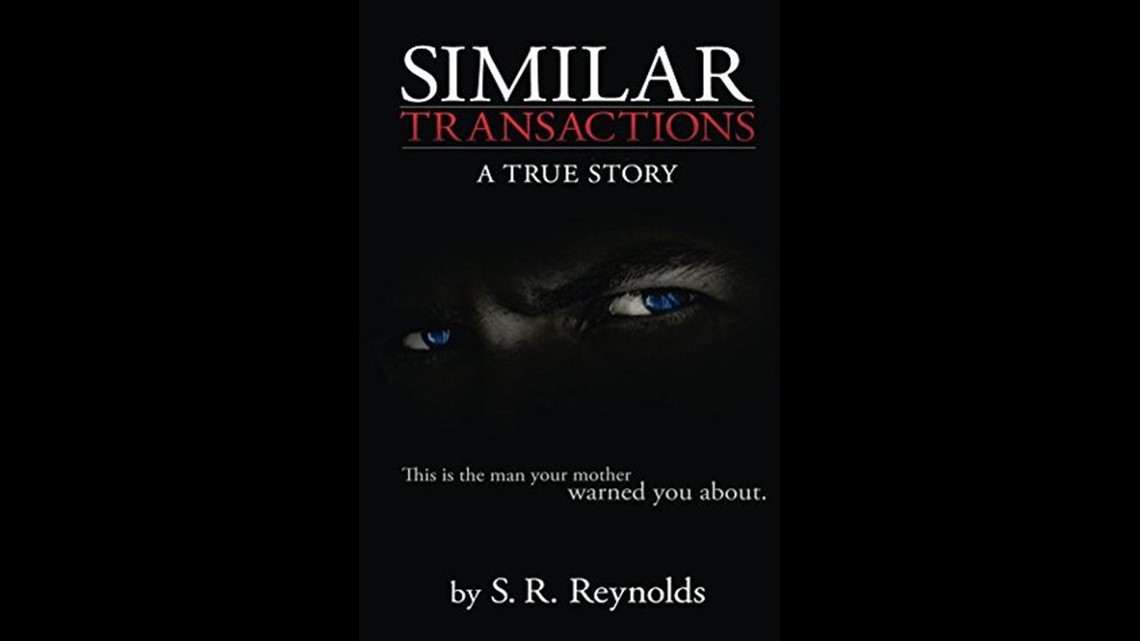
Not long after returning to Knoxville, Smith would attack another young woman in an incident that would lead several of his victims to unite in court.
It occurred in October 2011 in Lee's studio apartment on Dale.
A 20-year-old female resident from Atlanta became upset because her boyfriend had been arrested. Smith tried to console her, court records show, offering her tea in his room.
According to the victim, Smith turned on a movie and asked if she would help him by moving something beside his bed. When she tried to oblige, he suddenly put a necktie around her wrist. When she tried to pull away, the tie got tighter.
The pudgy Smith dropped his pants, she alleged, and crawled between her legs, pressing his body down on her.
Smith took off the victim's leggings. He told her he'd kill her if she didn't go along, according to the court record. Smith tried using a second tie to bind her other hand.
He put his forearm on her neck, cutting off her air flow. If she didn't spread her legs, he told her, he'd break them.
Smith penetrated her with his fingers, the victim told police. She recalled his red face, watery eyes and sweaty body hovering over her.
Just then there was a knock on the door inquiring after the victim. Smith yelled that no one was there, but victim called out that someone was indeed inside.
Frightened, Smith stopped the attack and the victim told jurors she freed herself, got up and ultimately fled the room. When police were called, Smith told detectives they'd find her DNA evidence on his fingers -- not because he'd raped her but because he had touched her and it had been consensual.
"Whatever she says happened, happened," he told an investigator.

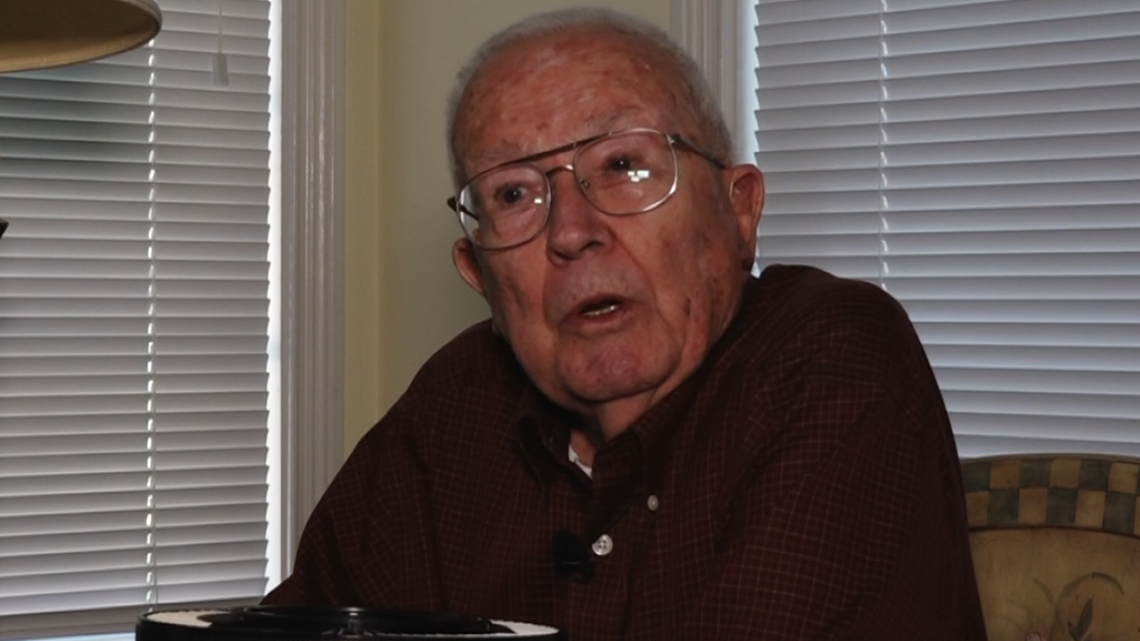
KPD investigators found a series of ties bound together by the bed that suggested Smith had used them to bind women before.
Smith also during questioning showed KPD Investigator Patty Tipton photos on his phone of bound women -- bound, he said, willingly. The photos had been deleted by the time KPD got a warrant to look through the phone, court records show.
During his February 2013 trial, Smith also testified on his own behalf. He said he hadn't raped the young woman digitally and that she was just trying to get him in trouble because he'd been critical of her boyfriend.
Jurors also learned that Smith had previously been convicted of the attacks in Florida and Georgia. He acknowledged them during cross-examination.
After brief deliberations, the jury came back with its verdict: Guilty of aggravated rape and aggravated kidnapping.
Smith subsequently appealed, complaining his attorney was ineffective. He also objected to the jury being allowed to hear about his criminal past, even though the trial judge found that Smith had opened the door to that information coming light by his own testimony at trial.

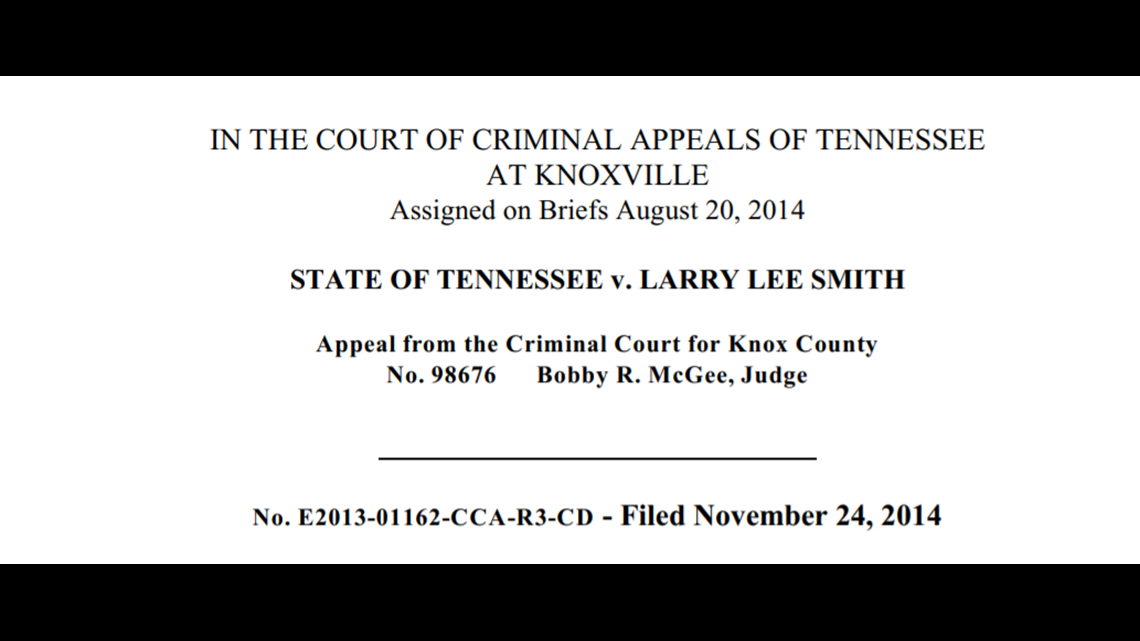
The Tennessee Court of Criminal Appeals in November 2014 upheld his convictions, finding there'd been no error at trial.
BAND OF SISTERS
Reynolds doubts Anderson's case ever will be formally solved. Evidence recovered after the remains were found can't be found. Smith, although he's talked to numerous investigators including the FBI through the years, hasn't admitted to the crime.
While he was being held in jail awaiting the 2013 trial in Knox County, authorities monitored all his jail phone calls. In one, he talked with a family member about Michelle Anderson, noting there was no DNA that could convict him, the investigative file shows.
Reynolds said she feels some satisfaction for Glenda Anderson, Michelle's mother, that KPD began treating the case as a true homicide once her remains were found. The case is considered active today.
And while Glenda Anderson has seen no closure in her daughter's case, she can at least take comfort that Smith is behind bars for the rest of his life for his most recent conviction.


The Florida and Georgia attack victims traveled to Knoxville to show their support for the motel victim at trial and for Glenda Anderson, who attended the trial. The women wanted Smith to know they were there in court, watching him, Reynolds said.
After he was convicted, the women and Reynolds had a photo taken of themselves arm in arm outside the City County Building downtown, looking off toward the federal courthouse across the street.
Reynolds included the photo of the "Band of Sisters" in "Similar Transactions".
"Glenda got to have these women wrapped around her who had been his victims as well," she said.

